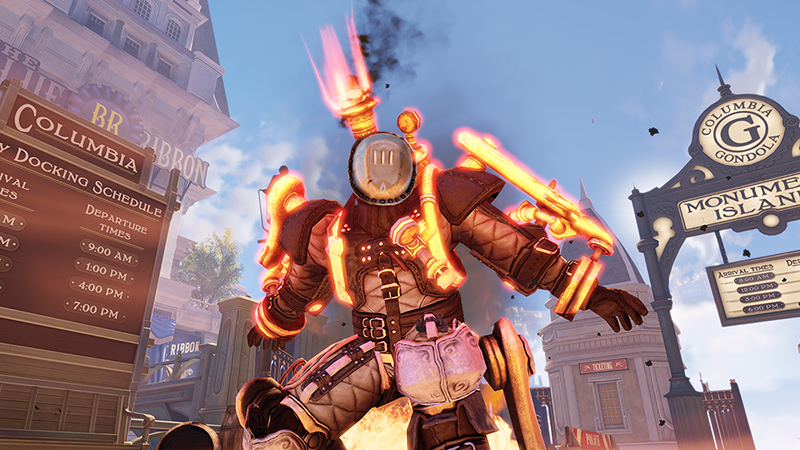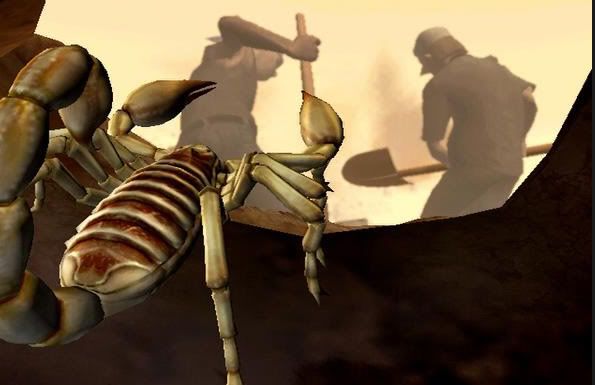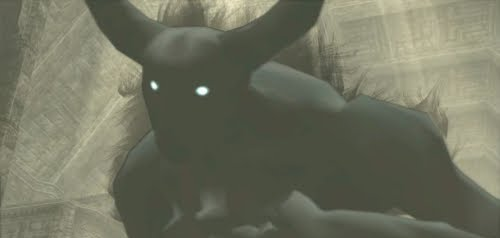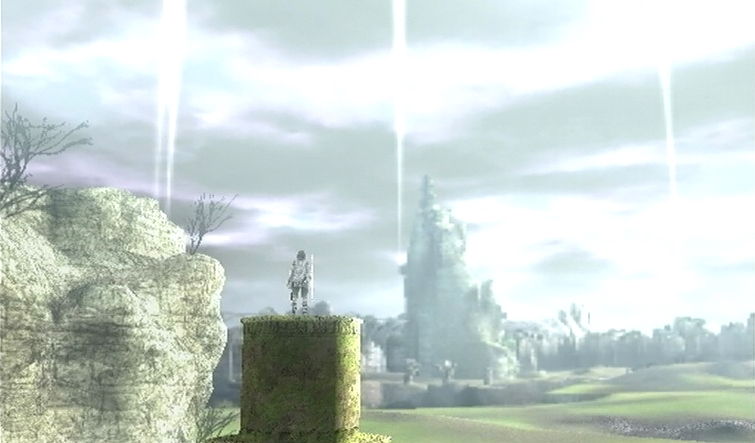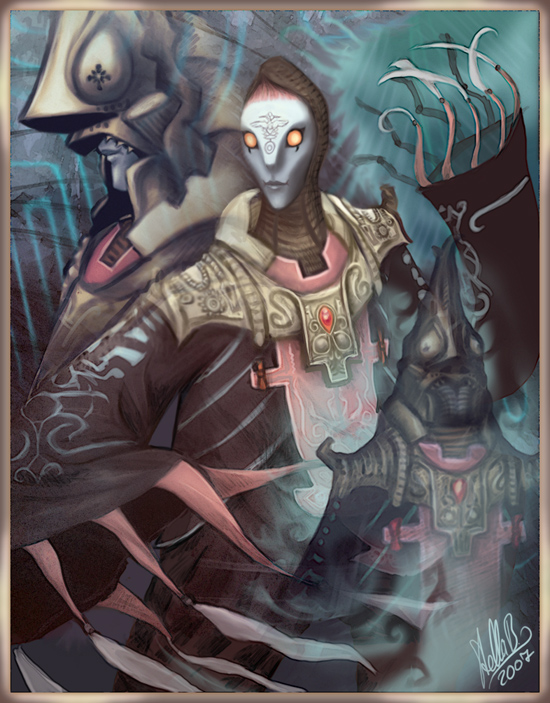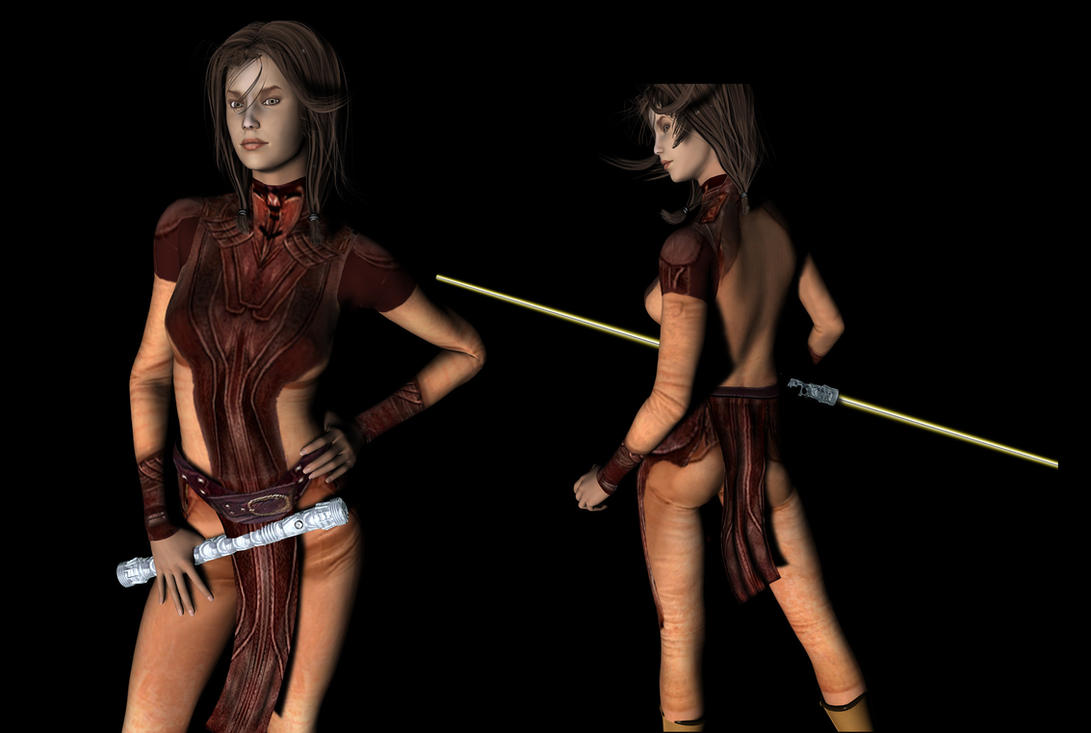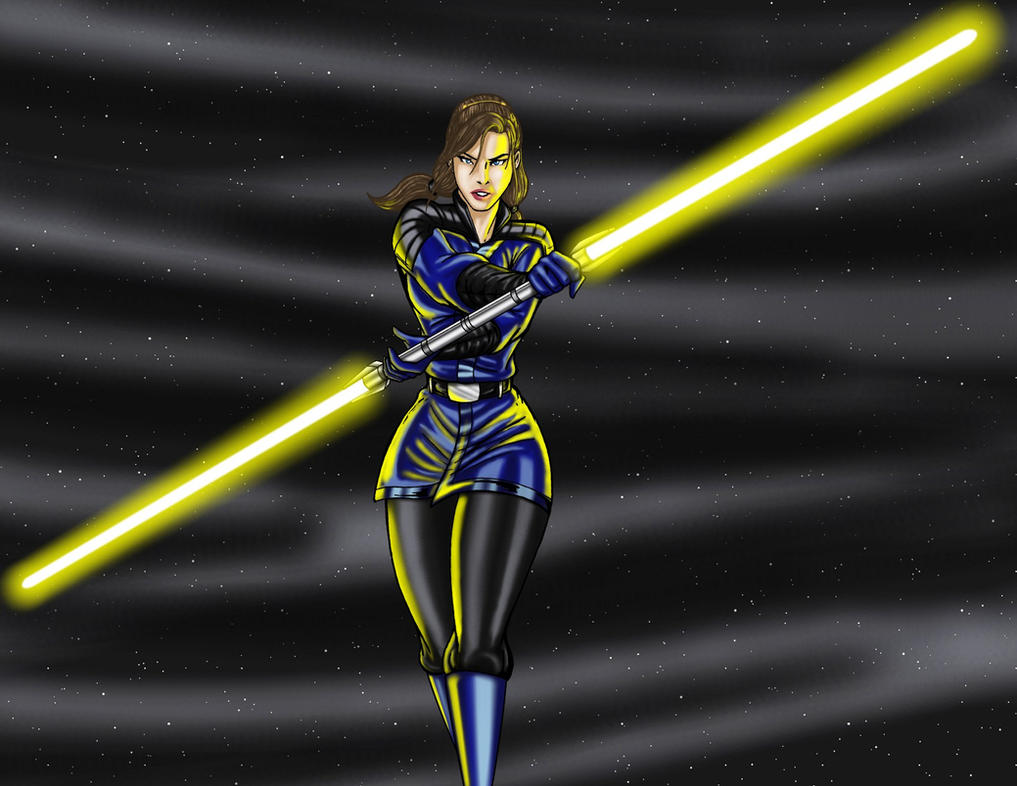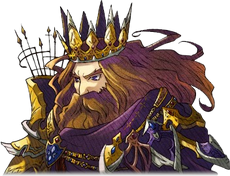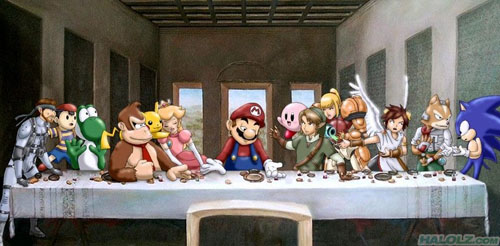(Spoilers, obviously) While I'm someone immediately skeptical of the time-and-space-hopping antics common to many examples of science fiction, it certainly worked well in this story, and I found the big reveal to be both surprising and emotionally powerful - the three Elizabeths holding the player underwater... God! For me, at least, that image drew some unsettling parallels with the bad ending of Bioshock 2. Then, of course, there's the game's depiction of the Elizabeths' disappearances. Apparently, killing Booker was a VERY indirect form of suicide.
 |
| Such a sweet and deadly face. Credit: IGN |
For all that I'm impressed with the ending, I do wish to point out a flaw which I wouldn't have thought of were it not for a single, interesting choice the designers made: to have the two Luteces be of different genders. It made me realize what a silly assumption it is to say that in alternate universes, Booker deWitt might choose either to be baptized or not, but his DNA will be exactly the same. I mean, every egg cell or sperm cell of an individual is different due to a random assortment of genetic traits. It's not just the sex chromosomes of the Luteces which should be different; every chromosome of theirs, statistically speaking, should be different. And if you take this back all the way to the first humans, each alternate timeline should have an entirely different population due to different sperm cells reaching the egg, or a different egg being fertilized due to a gap in time, or even the simplicity of an individual choosing to have a child with a different individual. This is no real flaw of Infinite's, but rather a flaw with the entire concept of alternate, yet similar, timelines. Philip Pullman's His Dark Materials got it right by having each timeline/universe completely distinct from others. Thoughts?

